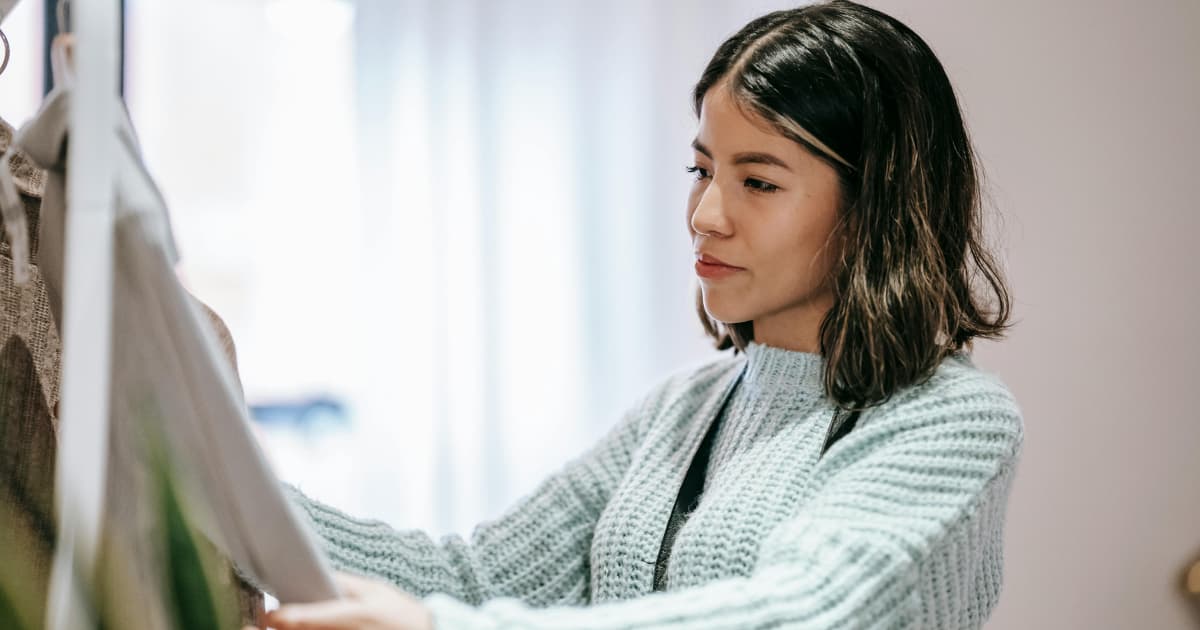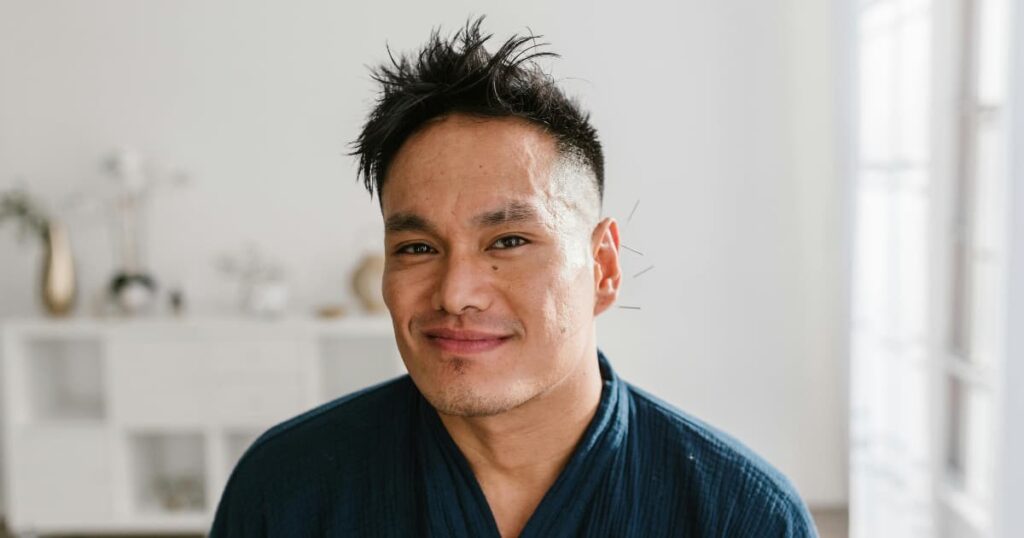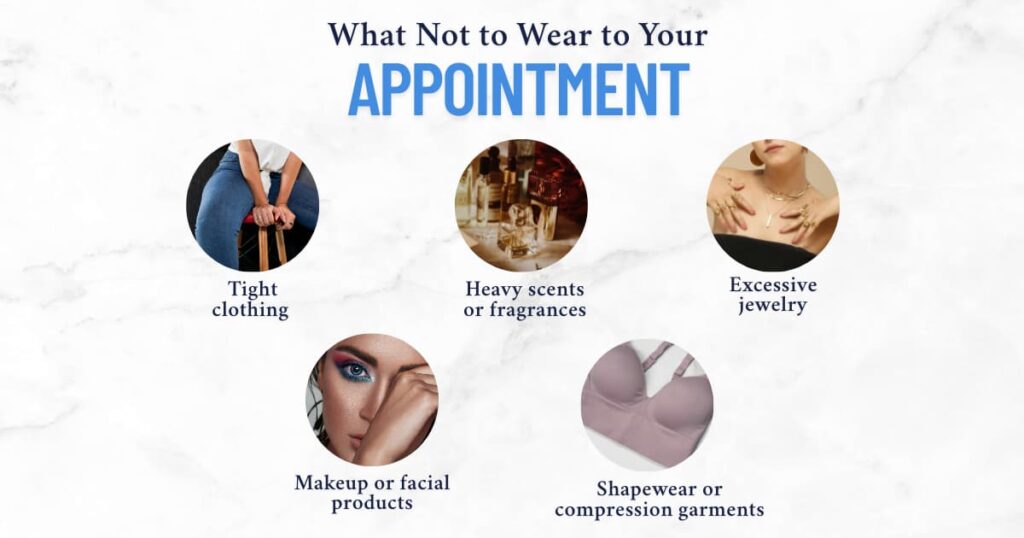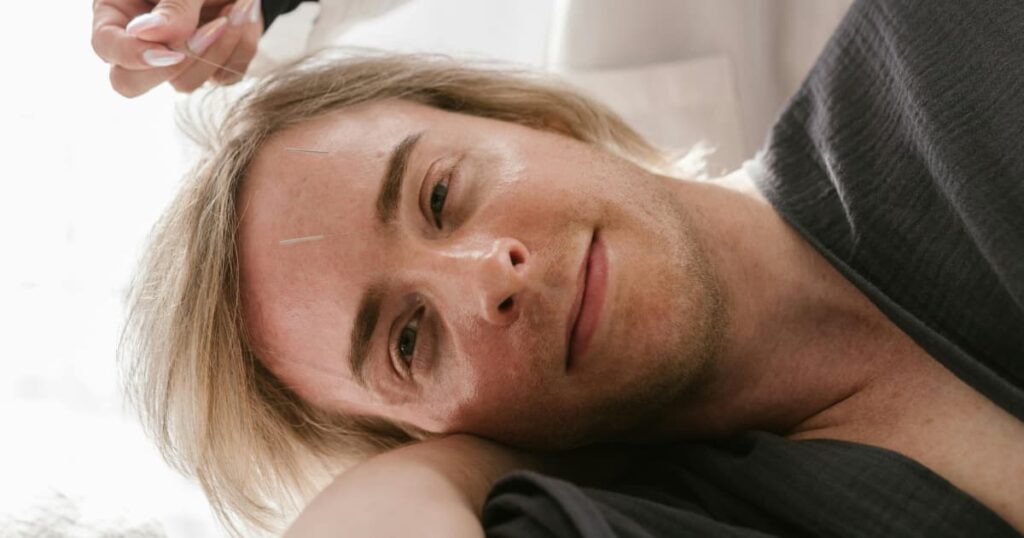
Preparing for an acupuncture appointment often brings up a few questions. One of the most frequently asked—yet often overlooked—is what to wear. For the best results, wear loose, breathable clothing that allows easy access to areas like your arms, legs, back, and shoulders. Comfortable options include joggers, wide-leg pants, soft t-shirts, or lightweight cardigans. Though it may seem like a small detail, what you wear plays an important role in supporting both your comfort and the clinical effectiveness of your session.
Acupuncture is a key component of Traditional Chinese Medicine and is widely used today to address conditions like chronic pain, anxiety, digestive imbalances, and stress. Its goal is to restore the body’s natural energy flow—known as Qi—by stimulating specific points across the body with fine, sterile needles. Because these points are distributed from head to toe, your outfit can either support or hinder your provider’s ability to treat you effectively.
Why Your Clothing Choice Matters During Acupuncture

Acupuncture treatment involves the insertion of thin, sterile needles into specific points across the body—many of which are located on the arms, legs, back, and shoulders. The effectiveness of the session often relies on the patient’s ability to relax, remain comfortable, and allow the practitioner to work without unnecessary obstacles.
1. Encouraging a Restful State
Clothing that is soft, loose, and breathable promotes a sense of ease and encourages the nervous system to switch from its sympathetic (fight-or-flight) response to a parasympathetic (rest-and-digest) mode. This transition is essential for acupuncture to support healing, especially when treating stress-related conditions or chronic pain.
2. Ensuring Treatment Access
Many acupuncture points lie just below the surface of the skin—often near joints, muscle groups, or along the spine. If your provider cannot access certain points because of tight sleeves, heavy fabrics, or clothing that cannot be rolled up, they may need to adjust the treatment approach. While practitioners can accommodate a variety of outfits, planning ahead allows for a smoother, more effective session.
3. Supporting Emotional Comfort and Modesty
Acupuncture involves physical touch, lying still for extended periods, and potentially exposing parts of the body you may not show in daily life. Clothing that helps you feel secure—without being restrictive—can reduce emotional discomfort and enhance your ability to relax. Your provider will always respect your boundaries and use professional draping techniques, but wearing the right attire adds an extra layer of confidence.
What to Wear to Your Appointment

When preparing for your acupuncture session, consider the following clothing recommendations to support both comfort and clinical accessibility:
Loose-Fitting Clothing
Select garments that do not press against the skin or limit range of motion. Elastic waistbands, drawstring pants, oversized tops, and athletic-style leisurewear are excellent options. Loose-fitting clothing not only prevents restriction but also allows your provider to roll up sleeves or pant legs as needed.
Breathable, Natural Fabrics
Cotton, bamboo, and linen are ideal fabrics. They help regulate body temperature, reduce sweating, and are less likely to trap heat or irritate sensitive skin. Avoid synthetic materials like polyester or nylon, which can retain moisture and reduce airflow.
Layered Outfits for Temperature Control
Some patients experience fluctuations in body temperature during acupuncture. Others may find the treatment room cooler than expected. Wearing layers—a zip-up hoodie, a light shawl, or a soft cardigan—lets you adjust as needed to maintain comfort without interrupting the session.
Accessible Tops and Bottoms
Button-up shirts, short-sleeved or sleeveless tops, and scoop-neck shirts provide easy access to the arms, shoulders, and upper back. For lower-body treatments, choose loose pants that can be pulled up above the knee or bring a pair of shorts to change into.
Comfortable Undergarments
Undergarments should support, not restrict. Avoid tight shapewear, sports bras with firm compression, or underwire bras if your session will involve back or chest access. Choose seamless, wireless, and breathable options for greater ease.
Slip-On Footwear
Many clinics ask patients to remove shoes before entering the treatment room. Slip-on shoes, sandals, or clogs are the most convenient and reduce hassle. If your treatment includes points on the feet or ankles, simple footwear helps the session move more efficiently.
What Not to Wear—and Why

While providers are trained to accommodate a variety of outfits, some types of clothing may hinder your experience. Here are a few things to avoid:
- Tight clothing such as skinny jeans, leggings, or compression tops, which restrict circulation and limit access to treatment areas.
- Heavy scents or fragrances, including perfume, cologne, or scented lotion, as these may trigger sensitivities in other patients or your provider.
- Excessive jewelry, especially on the wrists, neck, or ears, which may interfere with treatment or become uncomfortable when lying down.
- Makeup or facial products, if you are receiving facial acupuncture. These may interfere with the treatment or need to be removed beforehand.
- Shapewear or compression garments, which may prevent full relaxation and cause discomfort on the table.
Matching Clothing to Treatment Areas
Knowing which area your provider plans to treat can help you dress more strategically. Consider the following recommendations based on common treatment zones:
- Back treatments: Wear a tank top with a hoodie or sweater you can easily remove. Many back points are located between the shoulder blades or along the spine.
- Lower legs and knees: Choose wide-legged pants or athletic shorts that pull up easily without cutting off circulation.
- Arms and elbows: Short-sleeved or loose long-sleeved shirts that stay rolled up are ideal.
- Neck and shoulders: A V-neck or scoop neck top makes access easier without needing to pull or adjust clothing.
- Facial treatments: Avoid heavy makeup and opt for a clean, moisturized face. A headband or clip can help keep hair away from the forehead and temples.
Preparing for Your Appointment

In addition to your wardrobe, a few simple preparations can help you feel more comfortable, especially if you’re new to acupuncture. At ACA Acupuncture & Wellness, patient care is always personalized, and that includes helping you feel at ease from the moment you walk in.
Communicate Openly with Your Provider
If you’re uncertain whether your clothing is appropriate, don’t hesitate to ask your provider in advance. Most practitioners are happy to answer questions and offer suggestions that match your treatment plan and preferences.
Bring a Small Bag with Essentials
Consider packing a small comfort kit with the following:
- A change of clothes if coming from work or an event
- A pair of warm socks
- A soft scarf or shawl
- Hair ties or clips
- Lip balm or unscented lotion, if needed
These small items can provide a sense of familiarity and ease, especially during longer sessions.
If You Forget—Don’t Stress
Even if you arrive wearing less-than-ideal clothing, your provider will adapt. Most clinics are equipped with drapes, towels, and extra blankets to support modesty and warmth. What matters most is that you feel safe, respected, and able to communicate your needs.
Dressing Smart for Acupuncture Success
Choosing the right clothing for your acupuncture appointment can make a significant difference in your comfort, relaxation, and the overall effectiveness of your treatment. From breathable fabrics to accessible styles, thoughtful wardrobe choices support both the technical and emotional aspects of care.
If you’re ever unsure about what to wear, reach out to your practitioner for guidance. Most importantly, trust that acupuncture is a collaborative process. Your provider is there to support you—and dressing with care is one small, meaningful way to support yourself.
With the right preparation, each session becomes an opportunity to heal, rest, and reconnect with your well-being. If you’re also exploring complementary therapies such as Cupping Therapy, similar wardrobe considerations apply. Choosing adaptable, breathable clothing ensures every type of treatment you receive is as comfortable and effective as possible.